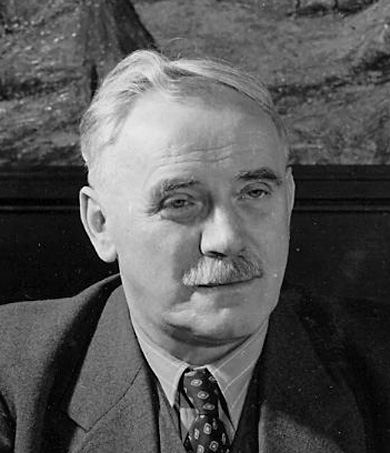Name Johann Bohm | ||
 | ||
Alma mater German Polytechnic University in Prague | ||
Johann bohm phd genetics of centronuclear myopathy 2015 mtm cnm family conference
Johann Böhm (January 20, 1895 – November 27, 1952) was a German Bohemian chemist who focused on photochemistry and radiography. The aluminum-containing mineral boehmite (or böhmite) was named after him.
Contents
- Johann bohm phd genetics of centronuclear myopathy 2015 mtm cnm family conference
- Johann bohm phd cross therapy for mtm and cnm at the 2015 mtm cnm family conference
- References
Böhm studied at the German Polytechnic University in Prague and then worked with Fritz Haber in Berlin where he re-designed and considerably improved the Weissenberg x-ray goniometer. In 1926 George de Hevesy, then a professor at the University of Freiburg, invited Böhm to co-operate with him on a series of experiments in spectrographic analysis. Afterwards Böhm worked at Freiburg University as an assistant and later as an associate professor. From October 1935 he was a professor of physical chemistry at the German University in Prague. After the war Böhm was allowed to remain in the country and become again a citizen of Czechoslovakia because he had been active in the anti-Nazi movement supporting Czech scientists such as Jaroslav Heyrovský, but was not permitted to continue his academic career. He worked in an industrial research institute in Rybitví (Výzkumný ústav organických syntéz). A few days before his death he was appointed Corresponding Member of the Czechoslovak Academy of Sciences.
He died in Prague on November 27, 1952.
